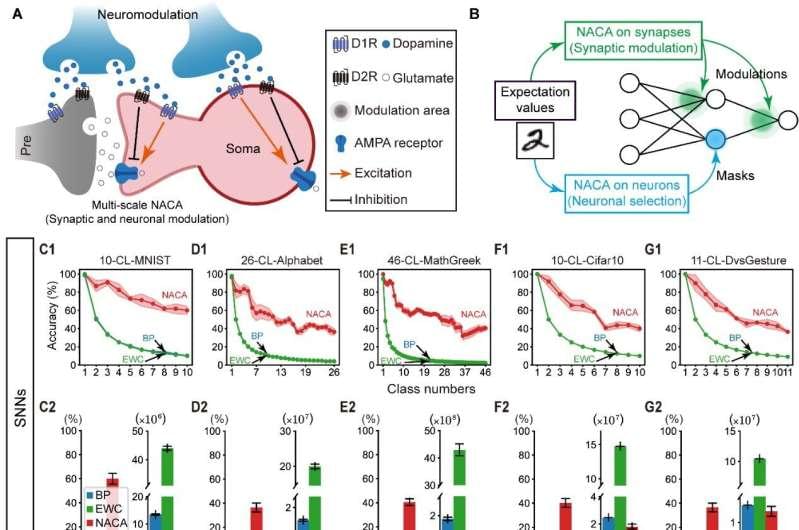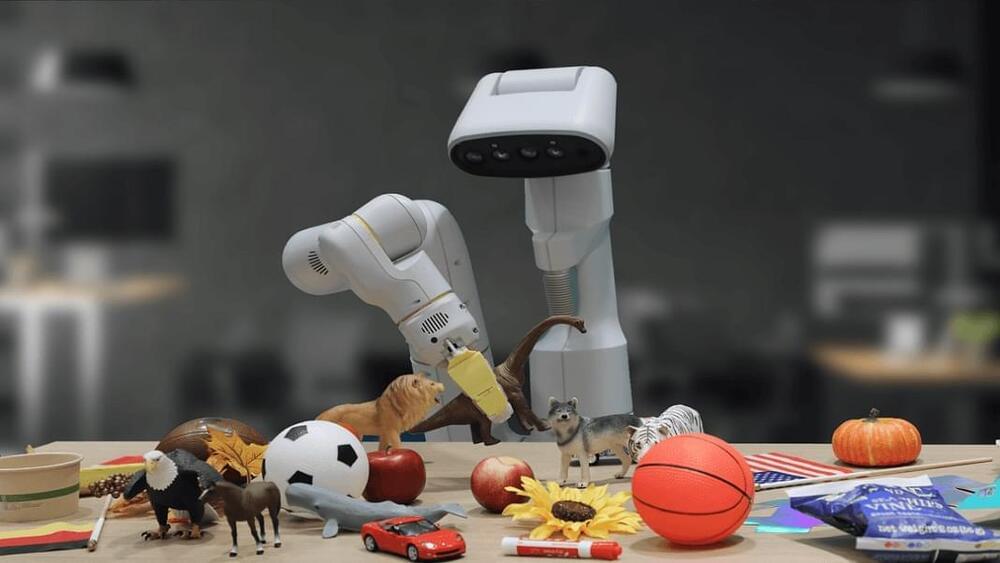In response to rising fuel prices, Uber has introduced electric motorbikes in Kenya, initially available only in Nairobi. Uber has unveiled an electric motorbike named “One Electric” for the Kenyan market.
This introduction is pivotal as the global automotive sector is shifting towards electric vehicles, with nations like the U.K. intending to eliminate vehicles powered by internal combustion engines. This announcement is Uber’s third significant product introduction in Kenya this year, preceded by the launch of an audio recording feature for safety and the incorporation of M-PESA into its payment methods.
Frans Hiemstra, the director and regional general manager for Uber in the Middle East and Africa, emphasized the company’s commitment to sustainable practices. He mentioned that introducing the Electric Boda on their platform showcases their dedication to offering an emissions-free transportation option in Kenya. This move also aligns with Uber’s global ambition to achieve a zero-emissions platform by 2040.








